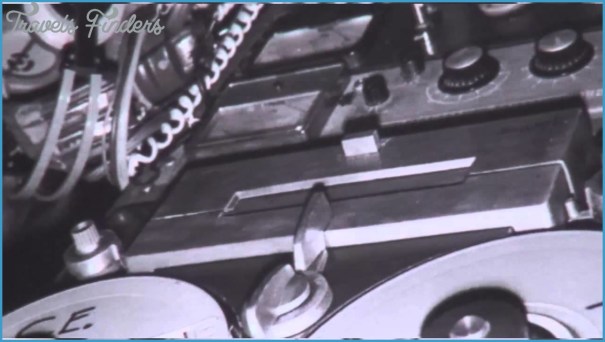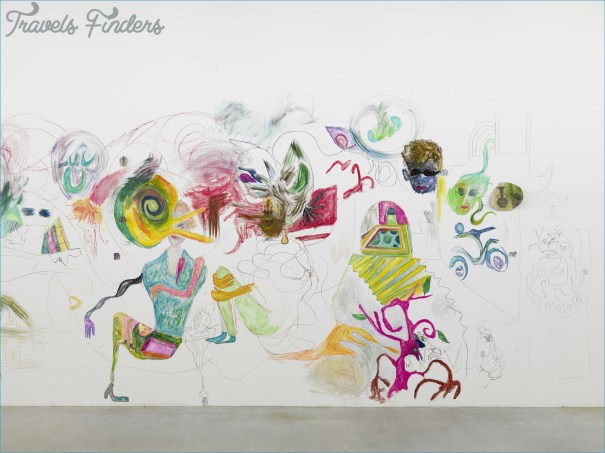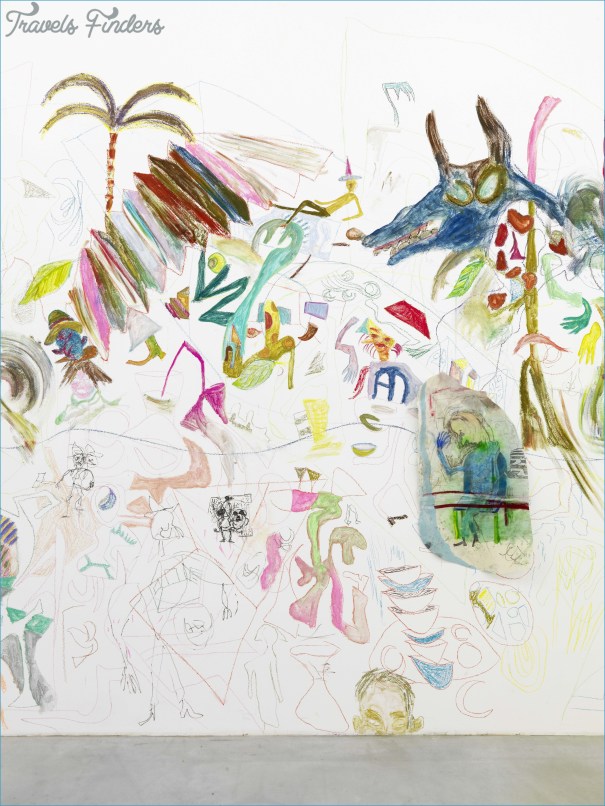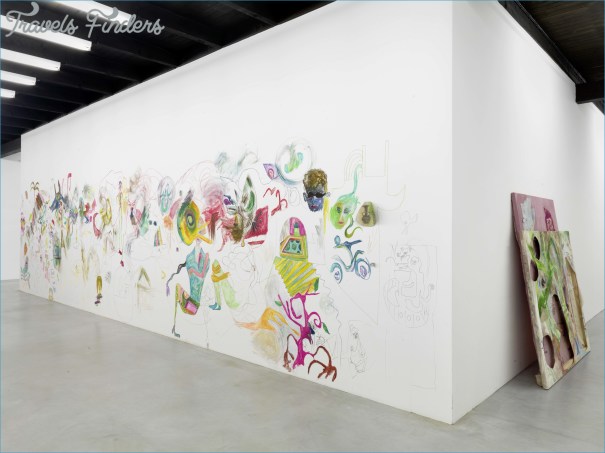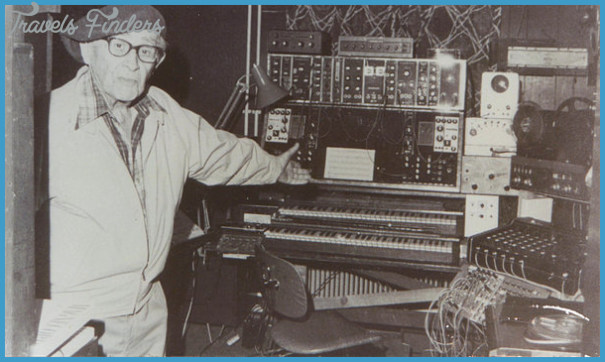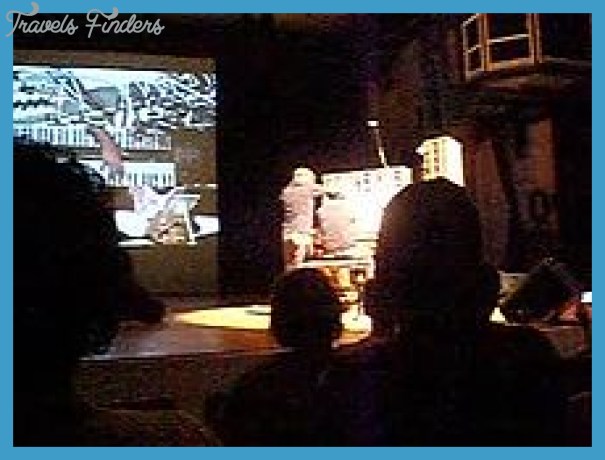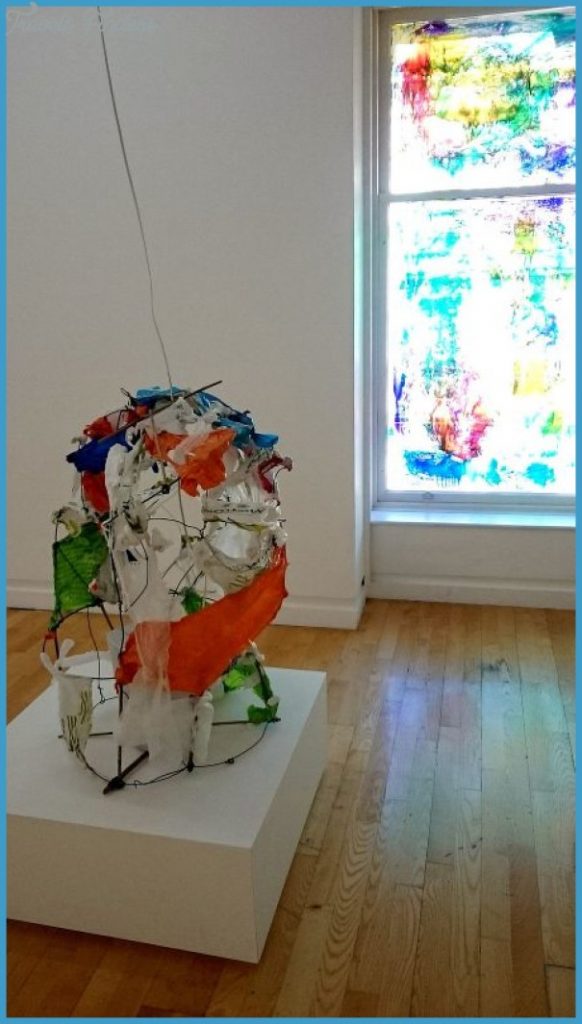BRAND
The Austrian composer Max Brand is remembered almost entirely for a single composition: his opera Maschinist Hopkins, a kind of industrial, working-class counterpart to Lulu, which reached 41 theatres in four years and then – with the rise of Fascism and Brand’s flight to the USA – went into total eclipse until the 1980s. Brand, born in Lemberg in 1896, lived in Vienna from 1924, left for America in the 1930s and returned to Austria in 1975, spending his last years in the small town of Langenzersdorf, an outer suburb of Vienna to the north of the city, on the main road to Prague. He died nearby in 1980.
Max Brand Archiv und Museum Photo Gallery
During his American years Brand had been active as a stage composer and especially in the development of electronic music. A Max Brand prize is awarded annually in New York to young electronic music composers. He had a studio in his cellar in Langenzersdorf; his original synthesizer is preserved in a Brand memorial room set up in 1989 within the museum, in Langenzersdorf, to the well-known Austrian sculptor Anton Hanak. Built and designed in New York in the late 1950s by Brand himself, in collaboration with Robert A. Moog, it is something of a period piece with its two manuals, its four pedals, its tape decks, generators and oscilloscope.
This prototype synthesizer is its centrepiece, but the Brand room also contains a number of photos from his life, photocopies of letters, his brown overcoat and beret and his pipe, and reproductions of posters and handbills of performances of his works. Little survives of his own electronic output as in his last years he inadvertently destroyed many of the tapes.














